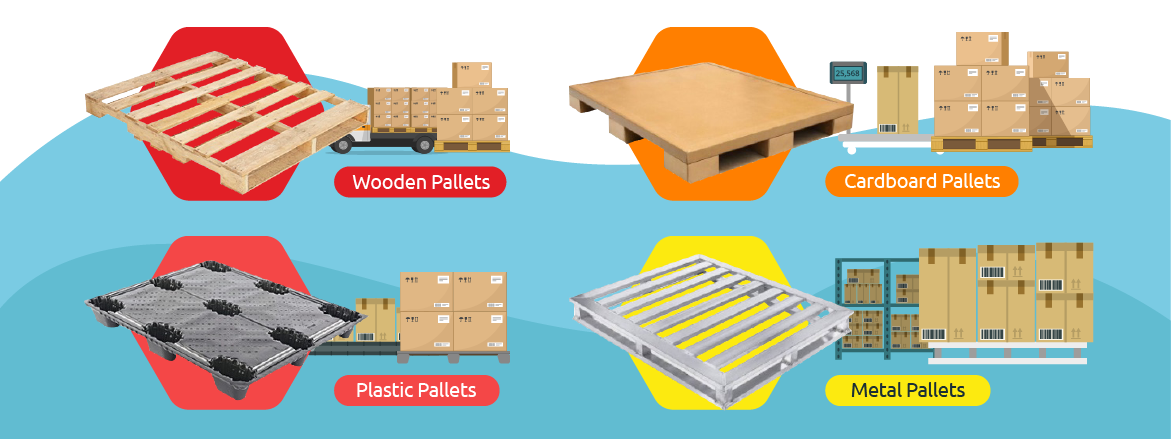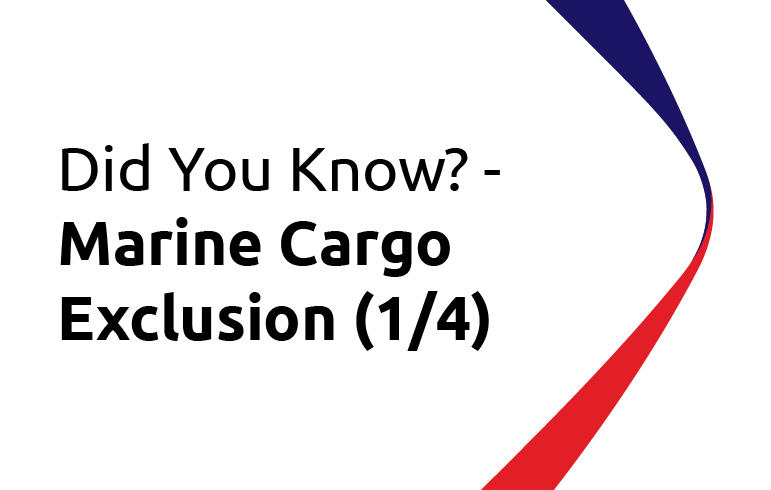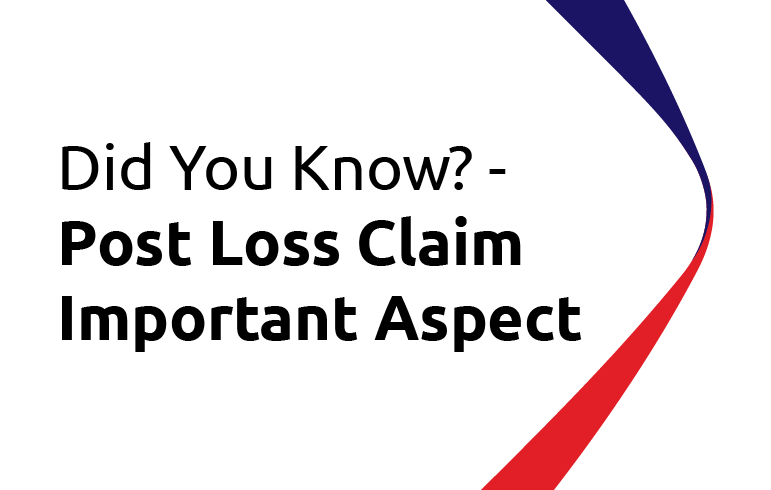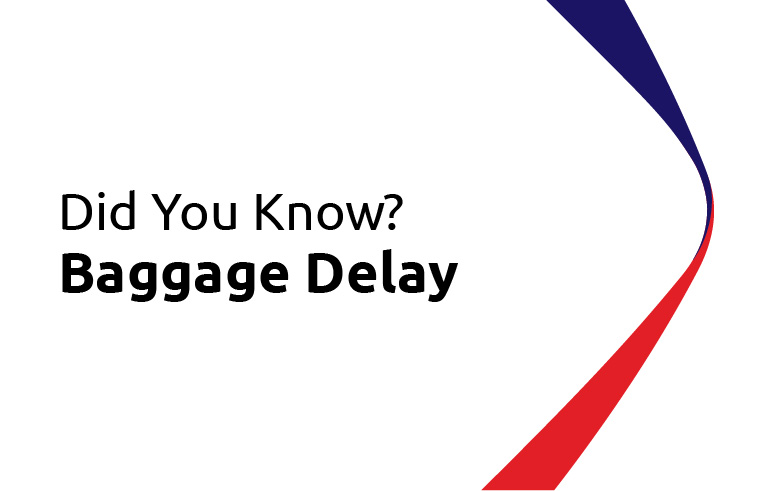Did You Know? Pallet and The Type

In logistics and freight forwarding, pallets are very important in sending goods or packages. The pallet can be defined as a tool that is generally made of wood with a flat rectangular shape with cavities.
The function of the pallet is to place delivery goods stored in the warehouse which will facilitate the process of lifting or moving goods with other lifting equipment such as forklifts, hand stackers, and cranes. In addition to efficiency in transporting goods, another pallet function is to protect goods from wet floors.
The following are the most common types:
- Wooden Pallets. The most common type of pallet is often found in the world of Indonesian expeditions. The manufacture of this pallet uses wood as raw material from Dutch wood, mahogany wood, or other types of wood.
- Plastic Pallets. This type of pallet is made of plastic which is lighter and more durable because it is not easily damaged by water or temperature. The basic difference between a pallet made of plastic and a wooden pallet is on the top side. The wooden pallet on the top side is formed from transverse wood and there is a distance between the wood. At the same time the plastic pallet on top is closed flat.
- Cardboard Pallets. The most famous pallet is environmentally friendly because it can be recycled. Even though it is made of cardboard, this pallet can accommodate loads of up to 100 kilograms.
- Metal Pallets. The strongest type of pallet is the metal pallet because it uses raw metal materials and the price is quite expensive compared to other pallets. These metal pallets are especially useful for large-capacity and heavy loads. However, although metal pallets are arguably the heaviest, they are vulnerable to water as they can cause rust.
Hopefully, the information above can give an insight into choosing the type of pallet so suitable for goods in the warehouse or the goods to be sent by the expedition service. If you need assistance or further insurance information, don't hesitate to contact us at 021 – 252 3110 and we will be happy to assist you.



